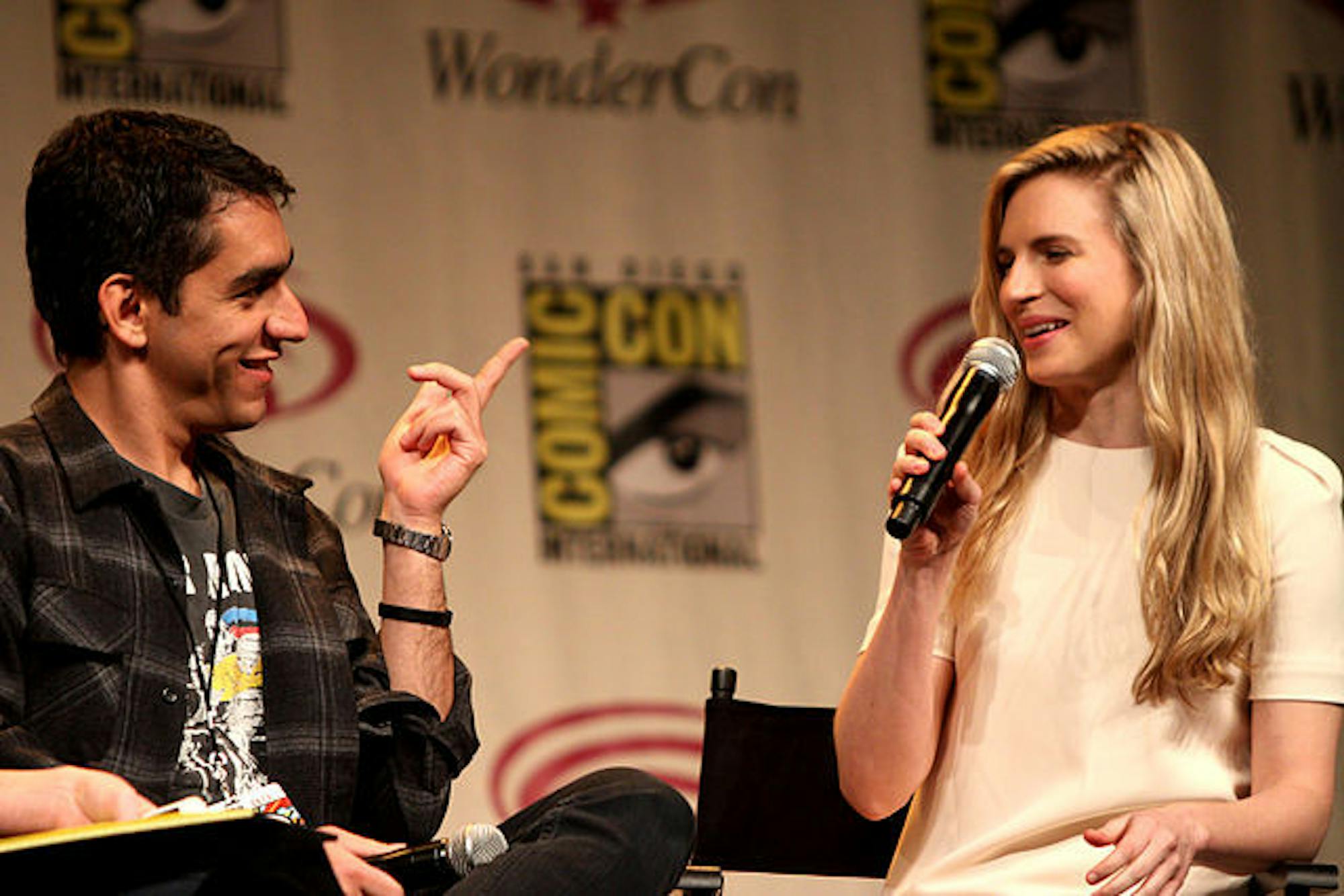2016 was another immensely successful year for Netflix original series. The streaming service launched over two dozen new programs throughout the year, ranging from the smash hit “Stranger Things” to the buzzed-about biopic “The Crown.” On Dec. 16, 2016 while critics and bloggers were putting together their end-of-year lists, another program unlike the rest quietly premiered: “The OA,” a science fiction drama series from filmmakers Brit Marling and Zal Batmanglij. Marling, who previously collaborated with Batmanglij on Sundance films “Sound of My Voice” (2011) and “The East” (2013), stars as Prairie Johnson (later called the OA),a young blind woman who goes missing from her hometown and reappears seven years later with her vision restored.
From its intro sequence that features a frantic Prairie jumping off a bridge and being reunited with her family in the hospital, “The OA” gets off to a dramatic start. Prairie, the victim of some horrible crime and years of presumed isolation, is wild-eyed and skittish and has trouble adjusting back to home life. Fans of the 2015 Oscar-winner “Room” will notice the similarities in the narrative about a former captive’s struggles for freedom.
But just as the audience settles in for a family drama, “The OA” begins to subvert expectations and introduces a web of secrets, mysteries and seemingly unrelated characters. Why does Prairie want to be called “the OA” and speak in such vague, spiritual terms about her experience while hiding all details? Why is she determined to connect with a man named Homer? What do local high school boys have to do with our heroine's story? And how, after a lifetime of blindness, is she able to see again?
On paper, “The OA” sounds like the new show on network prime time that your mom loves and keeps trying to get you to watch, but is axed after the first season due to poor ratings. And perhaps on network TV, that’s exactly what it would be. But as a Netflix original in the age of binge-watching and original content, “The OA” is allowed to stop, start, befuddle and mystify as it pleases, without the restrictions of conventional television. The show plays out much more like a miniseries or multi-part film, with episodes ranging in length from 31 to 71 minutes, sidestepping the false suspense and often crammed storytelling of the 41-minute drama on weekly prime time, familiar to fans of shows like "Lost” (2004–2010).
The pilot ends with a stunning visual sequence, breaking into a whole world of science fiction, spirituality and mystery that raises as many answers as many questions as it answers. As it develops, this world undoubtedly draws in some viewers while driving away others frustrated by the abundance of loose ends. “The OA” is constantly surprising, but that can at times feel deliberately confusing rather than fresh and insightful. When the OA claims to be an inter-dimensional angel, some viewers might find themselves wondering if she is being truthful, if the spiritual world she speaks of actually exists or if she has a serious mental illness. For those who can keep an open mind, however, the drama is immensely compelling. It blends sci-fi with drama, romance and a storyline led by outcasts and believers.
The series unfolds in roughly two timelines: The OA’s past, which includes a childhood in Russia and years in captivity, and the present, where a group of local teen boys and their schoolteacher meet nightly to hear the OA tell her story. Brit Marling does a fine job as the wild-eyed OA, often recalling a more subdued Carrie Mathison (Claire Danes) in “Homeland,” adding a dreaminess to Carrie’s intensity and inner turmoil. Although Marling takes up the most screen time, the real stars of the show are the four boys struggling with their own issues who find a home in their time with the OA. Patrick Gibson is particularly compelling as Steve Winchell, a lost and angry delinquent who is attracted to the group’s commitment to something bigger than themselves. Newcomer Ian Alexander is featured as Buck, a transgender teen rejected by his father. Each of the boys brings their sadness and frustration into the group, channeling these emotions into the strength necessary to help the OA and themselves. Jason Isaacs of the Harry Potter series (2001–2011) and "The Patriot" (2000) stars as Hap, a contemporary take on the mad scientist and the show’s one true villain.
The season’s controversial ending appears to be an attempt to ground “The OA” in the real world, granting tangible significance to the OA’s story and the group’s time spent practicing “movements” and speaking of other dimensions. Depending on your approach to the rest of the season, this ending can either induce gasps and tears or eye-rolls. Regardless of your reaction, there’s no denying the show’s commitment to sincerity and originality, a refreshing change from a television and film culture soaked in irony, reboots and throwbacks. “The OA” takes a chance on compelling young actors, an entirely new belief system and the story of one young woman, inviting us to do the same.
"The OA" season one is available for streaming on Netflix.
Brit Marling's 'The OA' is more than its mysteries

Zal Batmanglij and Brit Marling, creators of 'The OA,' speak at the 2012 WonderCon in Anaheim, Calif.
Summary
In its first season, "The OA" is immensely compelling, blending sci-fi spirituality with captive drama, romance and a narrative lead by outcasts and believers.
4 Stars





